
by Lara Land | Dec 12, 2022 | LAND BLOG
Chris Willson had a normal life and a nurturing family, but things changed quickly when his neighborhood became dangerous. He found himself traumatized by the sound of violence outside his window, a sound he became hypervigilant for and which prevented him from enjoying his childhood and studies like a little boy should.
Chris’s life got more challenged when his mom got trapped in an abusive relationship with a cop who stalked her when she tried to call things off. One night the cop’s friends came around harassing Chris and he ended up shooting and killing one landing him a life sentence.
In prison, Chris experienced even more trauma when put in solitary confinement, something he says no one should have to go through, especially not a kid. It dulled his senses and made him jumpy, but he recovered and decided to make a change.
He may not get out of prison, but he wouldn’t live life as imprisoned. He would make the best of his life, learn, grow and accept and make amends for his part in what got him there.
He did just that, and after 16 ½ years, when the laws changed and the judge agreed, he was released.
Chris’s mission now is to make a difference in the world, giving back and giving his life meaning. He does that through his foundation and through his art.
Discover how trauma leads to trauma, the harm of incarceration, the power of setting intention, accountability, and surprisingly vision boarding in my latest episode of the Beyond trauma podcast with Chris Wilson.

by Lara Land | Dec 5, 2022 | BOOKS, COACHING, COMMUNITY, LAND BLOG, LARA LAND, Self Improvement, SELF-IMPROVEMENT
As we head into the holiday season, many of us are thinking about our families, where we come from, and maybe even where we are headed. This can bring up a lot of feelings, some of which may be hard to name. Perhaps even the image of sitting together at a table with some relatives brings up conflicting sensations. All of this is normal.
All families carry their histories and no member of a family is separate from that, which is why when folks ask me about connecting to their ancestors, my first response is that they already are connected. Many of us feel disconnected because of ancestral traumas that we haven’t wanted to face. However, hiding from the pain of ancestors inflicted or suffered keeps us also from being able to access their joy, warmth, and resilience and cuts us off from parts of ourselves.
When we do the work of reconnecting to our ancestors and our ancestral trauma, we learn about ourselves, why we are the way we are, and have the patterns and reactions we do. We are also able to heal, and in that healing, shift our patterns so that ancestral trauma isn’t carried on through our bodies to others and the next generation, cycling, as it so often does. This is the work of repairing the world and the kind of work all yogis should be invested in.
How can I reconnect with my ancestors?
- Collect some photos or personal items from the family members you wish to connect to. (If you don’t have these you can substitute a symbolic item that stands in for it.)
- Sit quietly with the item(s) in your cupped hands.
- Notice any feelings or sensations, images, memories, or energies arising.
- For a few minutes, simply take note of what they are.
- Choose one and breathe into it, inquire about anything it might want to reveal to you. Register any connections you make and continue to ask if you’re getting it right, before moving on.
- When you feel complete, give thanks to your ancestors as well as your body for sharing and supporting this connection.
- Write down anything that came to you and anything you want to revisit.
Let me know in the comments how your practice is going and reach out for coaching when you are ready to go even deeper. Healing ancestral trauma is a process. Go slowly and move with self-compassion as things arise.
This blog was especially inspired by Michelle Casandra Johnson. You can learn about her work here and listen to her on the Beyond Trauma Podcast episode 15.

by Lara Land | Nov 28, 2022 | BOOKS, COACHING, COMMUNITY, LAND BLOG, LARA LAND, Self Improvement, SELF-IMPROVEMENT
Many of you have likely heard about trauma sensitive yoga by now. You may even have read books on it such as The Body Keeps the Score, Waking the Tiger, and Why Zebras Don’t Get Ulcers. Perhaps you’ve pre-ordered my book, The Essential Guide to Trauma Sensitive Yoga. I hope you have. Yoga for trauma studies are getting more and more popular and more information is getting out there during this time when more folks than ever are identifying as having survived trauma or traumatic stress.
This is a change from the earliest studies we had which were largely from veterans. Most of the earliest trauma sensitive yoga programs were for veterans diagnosed with PTSD. Those programs proved again and again the power of trauma sensitive yoga to reverse the impacts of trauma, restore the nervous system and give folks a chance to change their response to traumatic stress.
No one knows that better than the next guest of the Beyond Trauma Podcast. Pamela Stokes Eggleston has been sharing yoga years with Veterans suffering from PTSD or traumatic stress and their families. She was inspired to focus on this demographic after her own husband returned injured from service and she needed to learn how to live with that. The vicarious trauma she experienced from living with someone with PTSD also had to be addressed. Pam was able to address it with yoga and yoga related practices and one thing she was especially able to treat is sleep. This is deeply important because sleep is always disturbed with trauma and sleep disturbance makes the impacts of trauma more severe.
Take a listen to Pam on the Beyond Trauma Podcast to learn more about yoga for veterans and how she is improving their sleep and hers with some special practices.
If this resonates with you, you may want to consider a trauma sensitive yoga training. I’m offering both an online trauma sensitive yoga training (this weekend) and in many person trainings in the coming year including the weekend of June 30th at Kripalu in Massachusetts (which will be listed next week) and the weekend of August 18th at Miami Life Center, in Florida. More to be listed soon!

by Lara Land | Nov 21, 2022 | BOOKS, COACHING, COMMUNITY, LAND BLOG, LARA LAND, Self Improvement, SELF-IMPROVEMENT
Much has been written about morning rituals and morning routines and for good reason. How we start the day informs the rest of the day. It is so deeply important. So much so, that even if I’m exhausted I will try my absolute best to get up before my daughter and husband to have even a few minutes to collect myself, give thanks, and get clear about my day.
Do not sleep on these moments!
I used to do a full Ashtanga Yoga practice as my morning ritual, a routine that lasted almost two hours with set up and break down. A combination of motherhood, covid, and revelations about the Ashtanga yoga founder changed that. Covid specifically caused me and many yoga practitioners and teachers I know to question and reconfigure our practices. What is the right morning practice and when is the time to change it? These are not easy questions by any means. They require thought as does anything we put our time and focus to.
Discipline is important as is sticking to a practice.
Yoga can teach us about discipline. Discipline is an important part of our evolution and can teach us about false perceptions of our limits and the heights we can reach. It can also be destructive when it pushes us too far and causes us to distrust important messages from our bodies. When is the time to give up on a practice that’s been beneficial? That’s a question only you can answer, but I’ll give you some hints to look for.
It may be time to switch up your practice if:
- Your life has had a dramatic shift.
- You’ve tried adapting it and you still don’t feel you are growing.
- You are clear that it isn’t for lack of discipline or an inner block around something in your practice you don’t want to face.
If you have changed some small things but even that won’t do it. Maybe you need a bigger change in your morning routine or yoga practice.
The essential question to ask yourself is what you are hoping to gain from your practice.
There are many different reasons folks practice yoga or other centering morning rituals. Ideas of why you may be practicing include: comfort, stress relief, connection to something bigger, the doctor said so, stretching, peace, creativity, evolution, inner knowledge, prayer, awakening, excellence, better at the job, nicer human, healthier, stronger, focused, etc
Different rituals provide different results so first decide what you are practicing for. From there you can figure out if you need meditation, yoga asana, pranayama, journaling, silence and stillness, stretching, prayer, nature, cold shower, morning pages, or other practices. You may need ten minutes or two hours to get the results you wish. It all depends. Just keep in touch with something.
On the last episode of the Beyond Trauma podcast, Michelle Casandra Johnson and I talk about morning rituals and how these changing times are calling us towards new practices.
Take a listen HERE.

by Lara Land | Nov 14, 2022 | COACHING, COMMUNITY, LAND BLOG, LARA LAND, Self Improvement
As I’ve been interviewing folks for the Beyond Trauma Podcast, certain topics have come up again and again, reminding me that we are being called at this time to work with them. They leave something to be explored. Grief is one of those very present topics today. Many of my guests have referenced the grieving process and each time it has struck me as an important and timely topic.
Have you been grieving lately?
Many people experienced a lot of loss in the last years, not just in terms of people, but of the life they were leading and the future they imagined. And yet, no time, support, or roadmap was given to hold that grief. Most were forced back to work, many clocking way more hours than pre-pandemic with no breaks between meetings or mindless commutes.
What happens when you lose a life you never got to live?
Folks in war zones and regions struck by climate disasters face this trauma daily. We’ve experience this trauma also as whole industries have been destroyed and neighborhoods uprooted. We need time to grieve what was lost, our old restaurants, neighbors. So much has changed.
How much time and resources are given to folks to be in the grieving process is not the same for everyone. We favor minimizing the impact of our losses in favor of maximizing production, especially when losses occur in marganalized communities. If a person lost is not a family member why can’t the grief be just as bad? It can, but we don’t make room for it.
Many of us are afraid to feel. We worry that opening the space for sadness would leave us overcome and nonfunctional. Instead we armor up and become cold and cruel. We don’t know ourselves and each other because what we won’t look at in our own bodies we will not allow another.
There’s another way. Being together in our sadness is powerful and necessary. It’s not easy, but it’s the most healing and transformative work we can do. Now is the time to check into your grief and see what it wants to be telling you. Here’s one way to do it:
Find a quiet place and some stillness. Place both hands on your heart and let the muscles of your chest soften. Allow any realizations to come. Notice if you want to clench up, move away or distract yourself and instead return to the feelings. Stay for ten minutes in quiet and then journal anything you discovered.
This week on the Beyond Trauma Podcast, Michelle Casandra Johnson and I discuss grief as well as a number of other timely topics related to traumatic stress. Take a listen HERE

by jimmycrow | Nov 7, 2022 | AUDIO PAGES, COACHING, LAND BLOG, LARA LAND
Going off to college is considered by most to be one of the most exciting and liberating times in their lives. It is infused with possibility and potential. What many don’t realize is that it is also a place where there is a large occurrence of sexual trauma. The stats are as high as 26% of women, 23% of transgender or nonbinary folks, and nearly 7% of men.
Even with rates that high, most colleges do not have the services and resources to support survivors, many of whom are not comfortable in talk therapy.
Zahabiyah Nagasaki has made it her mission to change that. Her eight-week program, Transcending Sexual Trauma Through Yoga spans colleges and universities nationwide and is often the first place survivors go to for support on their college campuses. It’s trauma-informed yoga at its best. In her classes emotions are welcome and the space is safe (as possible), empowering, and communal.
Her knowledge and experience are especially important for trauma-informed yoga teachers. She gives great tips for how to hold space, use fantastically heartfelt and original trauma-informed invitational language, and how to invite students into yoga practice which balances energy.
Her ability to break through college campus culture and bureaucracy to get these programs implemented is truly inspiring which you will note especially as you listen to and experience her soft, joyful voice and demeaner. It’s a testament to a trauma-informed way of being.
I hope you will take a listen to her story on the Beyond Trauma Podcast on iTunes or Spotify or wherever you get your podcasts and you will surely benefit from her wisdom.
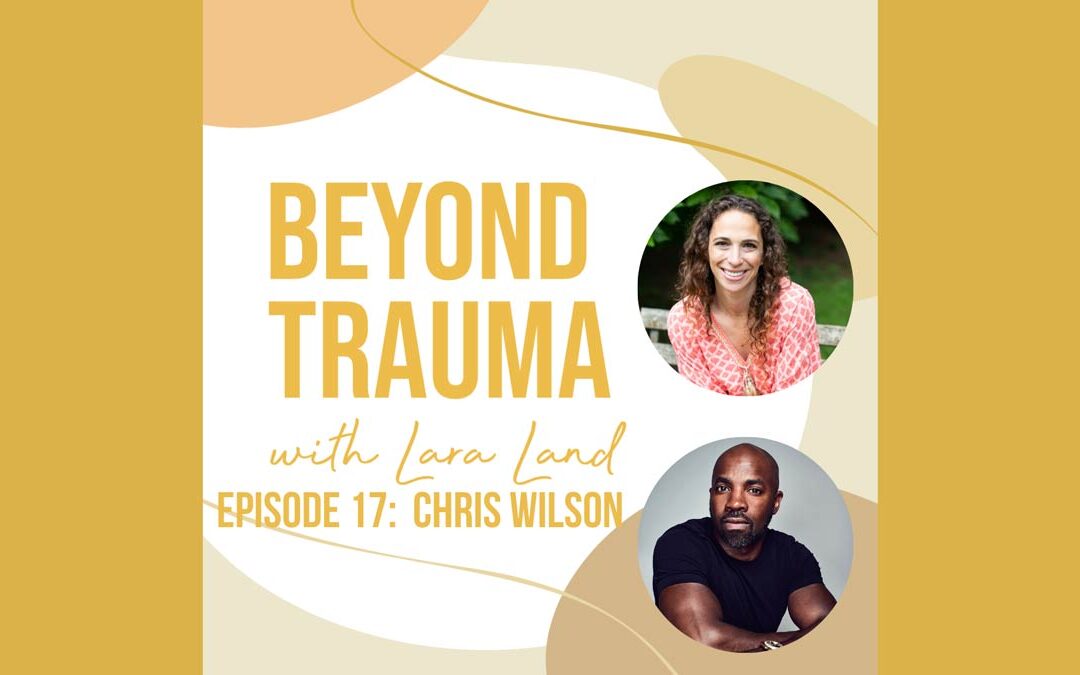
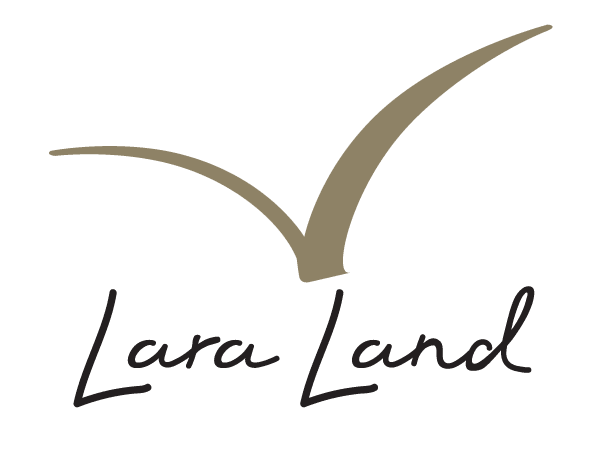

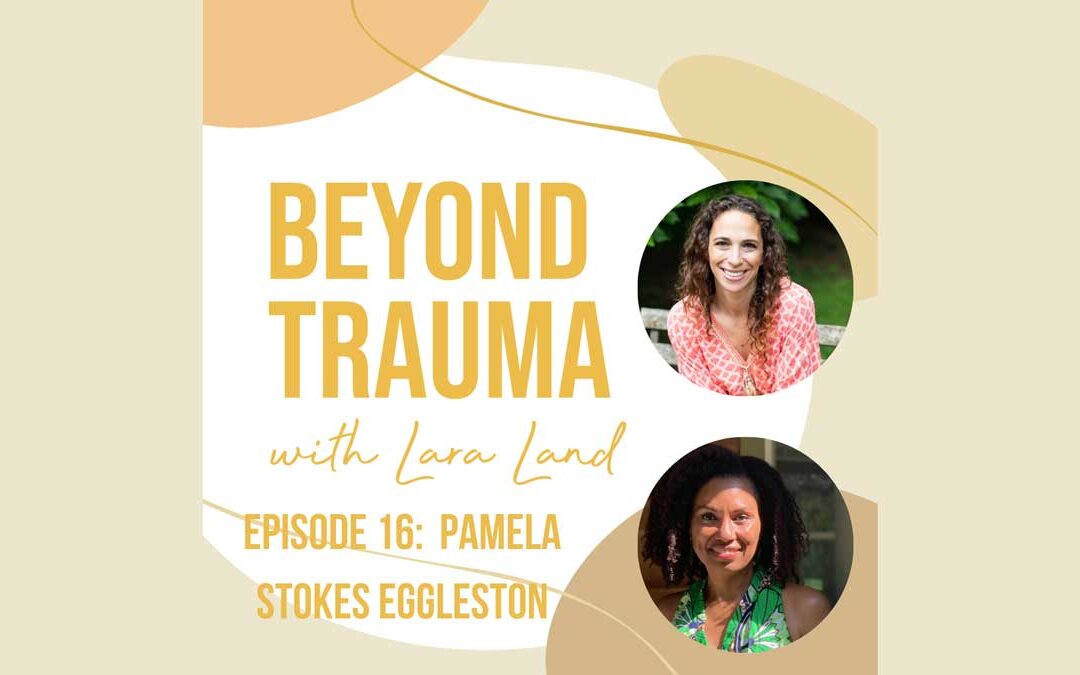

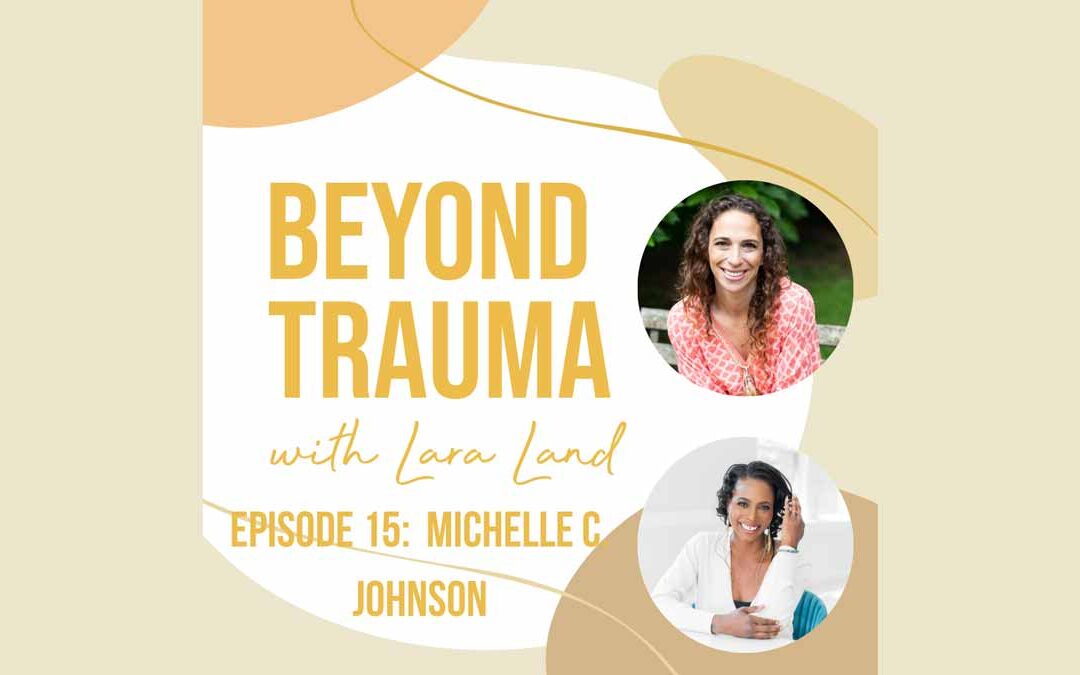
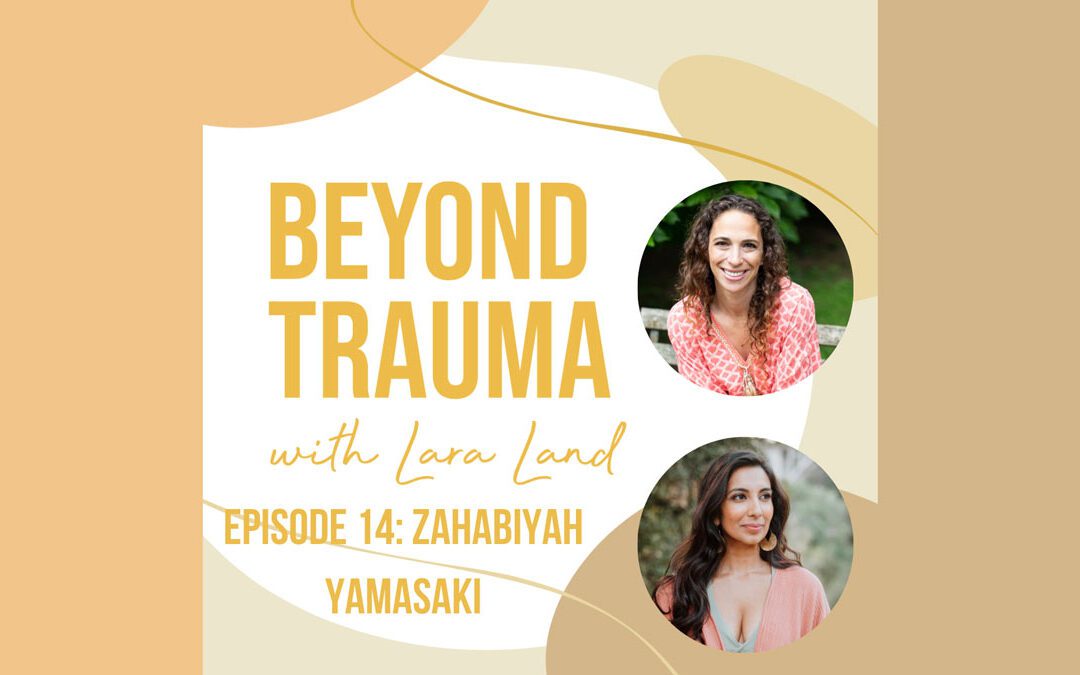
Recent Comments